IS HET 3D PRINTEN VAN COSPLAY DÉ OPLOSSING VOOR JOU?
"Hello, old friend.."
"I shall discorporate, so that I exist wherever my schemes and conspiracies also exist. And so I will be immortal, as long as anyone seeks to understand me and fails."- Savathûn
The Witch Queen, de antagonist in de game Destiny 2 van Bungie (2019).
Foto: Willow Creative
Cosplay is een wereldwijd altijd groeiende, creatieve, subcultuur en 3D printing heeft het toegankelijker gemaakt dan ooit tevoren. Of je op zoek bent naar het maken van props, harnassen, immitatie wapens, maskers of accesoires, 3D printen kan je helpen om dit in korte tijd te bereiken.
We eploreren de basics van cosplay 3D printen. We kijken naar een aantal populaire filamenten voor cosplay, eveneens als tips & tricks voor het beste resultaat. En samen met Willow nemen we een kijkje naar haar werk, ervaringen en het gebruik van LW-PLA voor cosplay.
Dus als je klaar bent om jouw cosplay tot het volgende level te verheffen, lees dan verder!
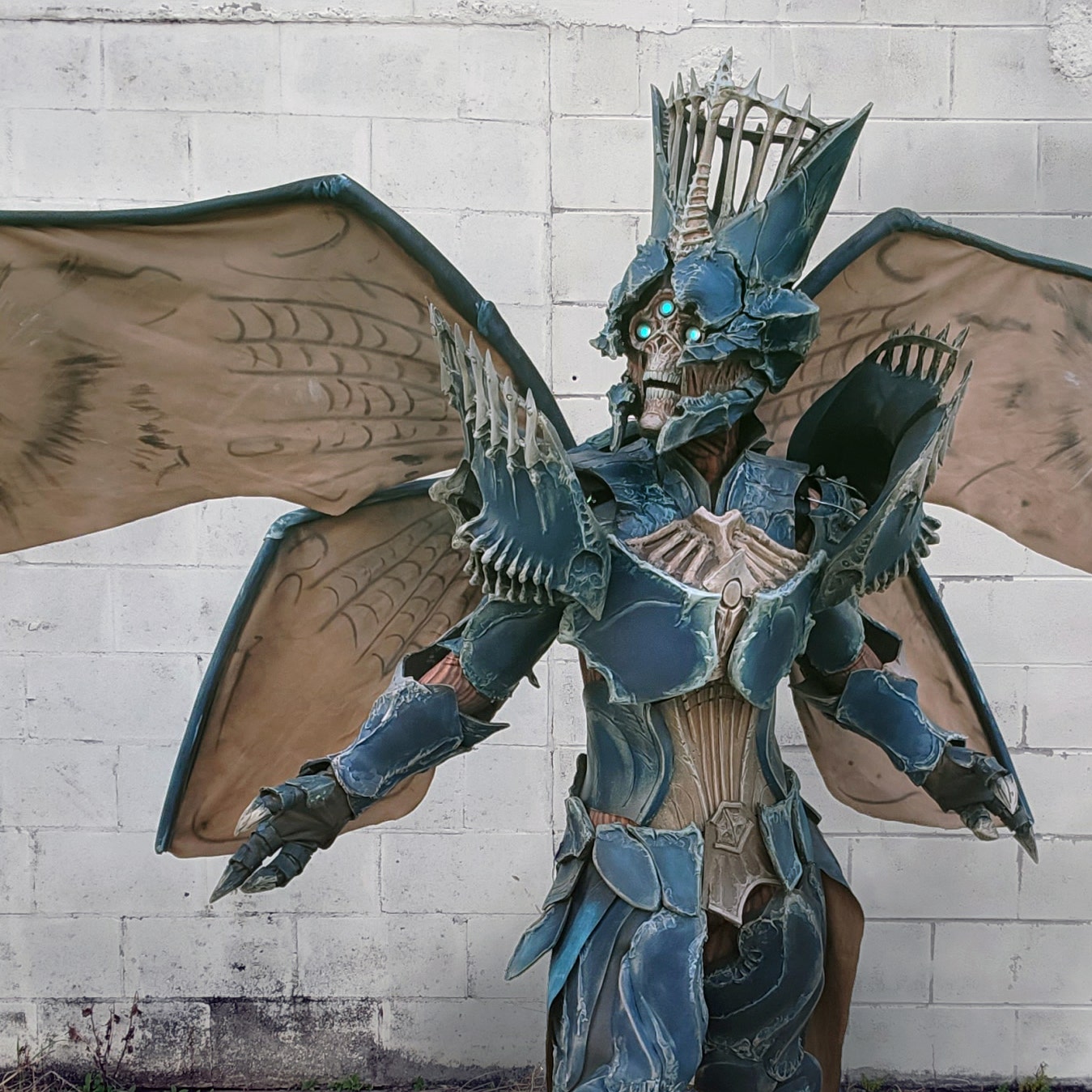

Bespaar jezelf geld, moeite en een heleboel rugpijn!
Cosplay kostuums en props kunnen een zware last zijn, laten we dat veranderen met LW-PLA!
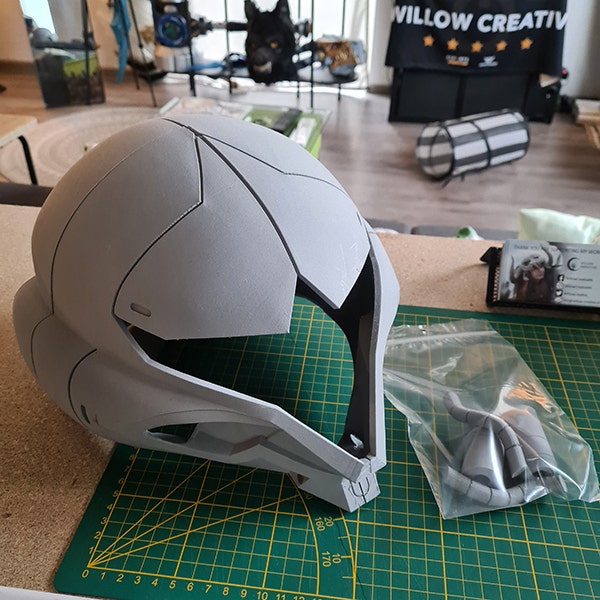

EEN ECHTE GAMECHANGER
“LW-PLA is al jaren een van mijn go-to filamenten. Als kostuummaker ontwerp je een prototype voor ieder project, 3D printen heeft dat proces enorm vergemakkelijkt. Als koning der prototyping is 3D printen inmiddels niet meer weg te denken.” - Willow Creative
Of je op zoek bent naar het creëren van props, harnassen, immitatie wapens, maskers of accesoires, 3D printen helpt je om een gedetaileerd resultaat te krijgen van hoge kwaliteit. 3D printen stelt je in staat om zeer nauwkeurige details te creeëren, plus, met een beetje creativiteit kan je jouw cosplay project zo eenvoudig of complex maken als je zelf wilt. Dat scheelt tijd!


RED JE SCHOUDERS
"De unieke eigenschappen van LW-PLA geven de mogelijkheid tot het creeëren van vele concept ideeën voor het maken van kostuum onderdelen. Het grootste voordeel is natuurlijk de gewichtsreductie in 3D geprinte onderdelen. Dit maakt een enorm verschil, aangezien cosplay kostuums eenvoudig en snel te zwaar kunnen worden.
Vaak zijn onderdelen onhandig gevormd, vervelend om te dragen en belastend voor je lichaam. Zeker meerdere uren per dag op een conventie. Hoe meer een onderdeel weegt hoe meer frictie en energie het geeft. Om dan meer dan de helft te kunnen besparen qua gewicht in 3D onderdelen is ideaal."
- Willow Creative
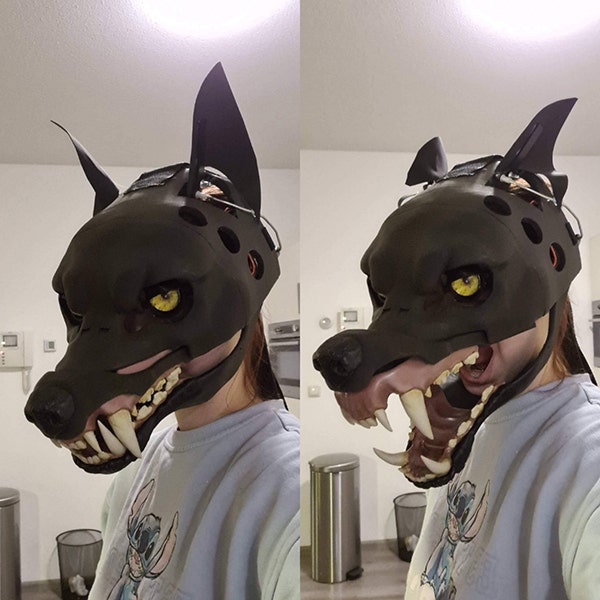

BESPAAR JEZELF TIJD EN MOEITE
"Het is niet enkel het verminderde gewicht dat een groot voordeel is met LW-PLA, het zet uit tijdens het print proces, wat er voor zorgt dat 1 spool van dit filament effectief net zo lang mee kan gaan als 2 spoolen reguliere PLA, of zelfs langer.
Het proces geeft een mat en effen resultaat aan het 3D geprinte onderdeel, waardoor er amper lijnen zichtbaar zijn. Wat het filament nog makkelijker te schuren en snijden maakt, en het hele proces vele malen sneller en eenvoudiger maakt. Waardoor het al snel een eindproduct wordt nadat het van de printer af komt." - Willow Creative
Kostuum design eenvoudig gemaakt
“LW-PLA is enorm geschikt voor nabewerking met casting resin (epoxy), het gefoamde filament absorbeert de resin goed en maakt het een versterkt onderdeel. Resin wordt al vaker gebruikt om andere filament te versterken en glad te maken, het is dus ideaal voor LW-PLA.
Verf en lijm worden ook goed opgenomen door LW-PLA, het is geschikt voor gebruik zonder het eerst te hoeven maken van een (giet)vorm.
Het printen van LW-PLA vergt iets meer skill dan reguliere filamenten. Zo heb je iets meer inzicht nodig om te garanderen dat je 3D geprinte onderdelen het beste resultaat krijgen met de foaming eigenschappen. Dit vereist wat oefening en is afhankelijk van de voorkeuren van de gebruiker. LW-PLA print niet op dezelfde snelheid als regulier filament, persoonlijk vind ik dat geen probleem, omdat dit betekend dat de print een hogere kwaliteit krijgt. Het laatste ‘minpunt’ in de review van dit filament voor cosplay gebruik is dat LW-PLA iets fragieler is dan reguliere PLA geprinte onderdelen. Een kostuum met veel uitsteeksels is minder solide dan een print uit één stuk, wat een dikker volume heeft.
Conclusie, LW-PLA is een eenvoudig en economisch aantrekkelijke keuze, het is lich ten comfortable voor de drager, en een uitmuntend materiaal voor het opnemen van resin en verf voor de finishing touches op je print. Het vergt wat oefening en skill. Het gebruik van LW-PLA als een foam materiaal stelt kostuummakers in staat om gedetailleerde en comfortabele onderdelen te maken zonder (giet)vorm of het uitsnijden van handgemaakte vormen in EVA foam, wat een besparing in tijd, geld en een heleboel rugpijn bespaart!”
Video: Willow Creative
HET JUISTE FILAMENT KIEZEN VOOR IEDER PROJECT
Met zoveel filamenten op de markt is het soms lastig om te bepalen welke het beste past bij jouw project. Hieronder zetten we een korte introductie uiteen over verscheidene toepasselijke filamenten binnen ons portfolio.


Lichtgewicht head gear en props
LW-PLA is de oplossing voor rugpijn, zere schouders, pijnlijke vingers en de lange conventie dagen waarop je uren achtereen in kostuum rond loopt. Geprinte onderdelen zijn vederlicht met behoud van kracht, makkelijk te snijden, knippen, inkorten en schuren.
LW-PLA reduceert het gewicht van de geprinte onderdelen tot wel 65% in vergelijking met reguliere PLA.
Reguleer de printtemperatuur om het uitgevoerde materiaalvolume te beheersen. Bij ongeveer 230C begint LW-PLA te schuimen en kan het volume bijna 3 keer groter worden. Met één spoel LW-PLA kunt u net zoveel printen als met 3 reguliere spoelen PLA, dankzij de 3x lagere materiaalvermenigvuldiger / stroom. Makkelijk te snijden, trimmen, schuren en neemt verf heel goed op.
Verkrijgbaar in 6 kleuren: naturel, zwart, grijs zilver, groen, geel en rood.
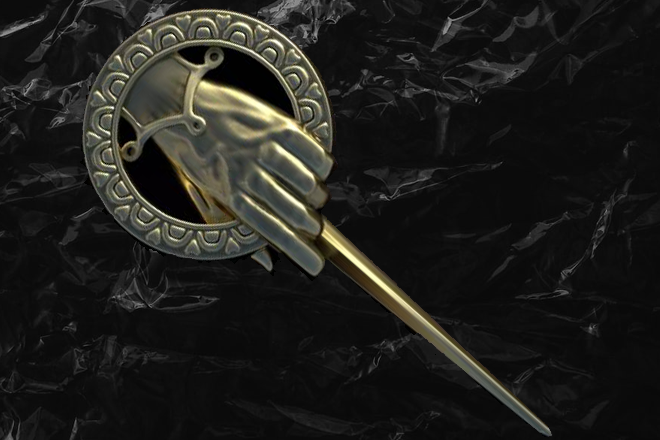

Een natuurlijke look
Eerste in zijn soort: een filament met echt metaal erin, hoogste fysiek mogelijke dosering, voor FDM/FFF 3D-printen.
bronzeFill, copperFill en steelFill zien er geweldig uit, maar zijn ongeveer drie tot vier keer zo zwaar als gewoon PLA. Voor cosplay kan het bijvoorbeeld heel mooi staan als sieraad, versieringen, details voor op wapens en harnassen of bijvoorbeeld om de 'Hand of the King'-broche uit de tv serie Game of Thrones/The House of The Dragon te printen.
woodFill, corkFill en stoneFill zijn drie andere eyecatcher colorFabb filamenten met een natuurlijke uitstraling, zonder extra gewicht toe te voegen van de natuurlijke producten waarnaar ze zijn vernoemd. Ben je op zoek een naar een natuurlijke look voor je houten bierpul, maar zonder het gedoe van dagenlang houtsnijden, of als je wilt dat een stenen masker er uit ziet alsof je uren hebt staan beeldhouwen, dan zijn deze filamenten misschien wel de oplossing voor jou!


Glow in the dark of een glas look?
Wil je rondlopen op Comic Con, gamescom of TwitchCon met geweldige glow-in-the-dark props? Dan is glowfill wat je zoekt! Dit filament met een melkachtige uitstraling en een gladde afwerking verandert in een heldere lichtbron wanneer het donker wordt, hierdoor is het een geweldig filament voor op conventies, waar het overwegend donker kan zijn. Een hoog geconcentreerd fosforescerend pigment wordt gemengd met PLA/PHA, waardoor het net zo makkelijk te printen is als onze andere PLA/PHA filamenten.
Als je enkel op zoek bent naar een glas look, zodat je de print bijvoorbeeld met LED's kunt combineren, kijk dan eens naar PLA/PHA Groen, Rood of Violet Transparant. Deze doorzichtige filamenten geleiden het licht goed en zorgen voor een hoogwaardige uitstraling.
Op de bovenstaande afbeelding hebben we Glass (Malachite) props uit Skyrim geprint met PLA/PHA PALE GOLD en PLA/PHA Groen Transparant.
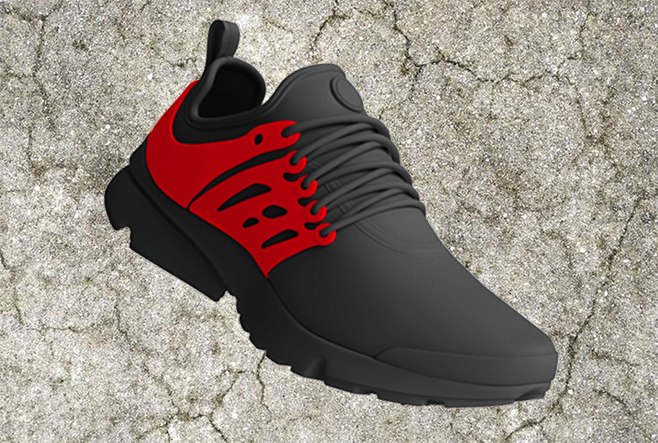

Flexibel en buigzaam
We namen TPU als uitgangspunt en maakten het bijzonder door dezelfde schuimtechnologie te gebruiken die we introduceerden met LW-PLA.
Onze varioShore TPU heeft een paar belangrijke onderscheidende kenmerken: zijn variabele shore-hardheid, verminderd gewicht en dichtheid en zachte aanraking. varioShore TPU stelt gebruikers in staat de dichtheid van het materiaal te variëren door de temperatuur en materiaaltoevoer (snelheid en laaghoogte) aan te passen.
Bij temperaturen tussen 200 en 250C begint het materiaal uit te zetten tot ongeveer 1,4-1,6 keer het oorspronkelijke volume, waardoor de dichtheid afneemt tot 0,5 tot 0,6 g/cm³. Dit betekent dat het materiaal kan worden geprint bij lage stroomsnelheden (60-70%), om de actieve schuimvorming te compenseren, wat op zijn beurt zeer zachte geprinte onderdelen oplevert.
Tussen 190-200C kan het materiaal worden geprint zonder schuimvorming, wat resulteert in verschillende haptische eigenschappen en hardere prints in vergelijking met geschuimde monsters.
Dus als je comfortabel wilt rondlopen op Dreamhack, bekijk dan varioShore TPU.
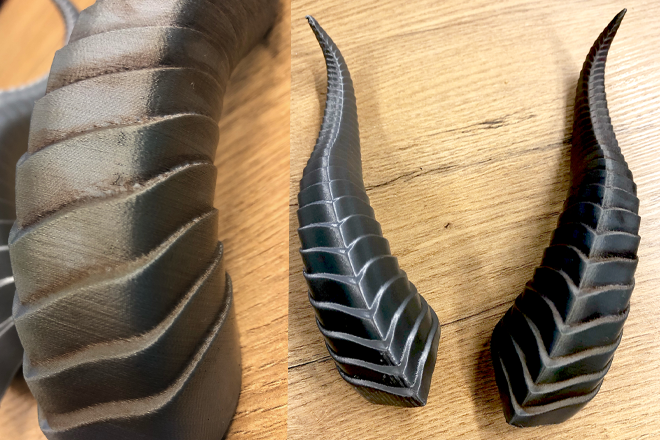

Laten we het simpel houden
Niet op zoek naar extra effecten, eigenschappen en kenmerken? Ben je net begonnen met experimenteren hoe je 3D-printen op cosplay kunt toepassen? Reguliere filamenten zijn een goede start.
We begrijpen het, de printer zelf was al duur genoeg om aan je 3D-print-reis te beginnen. Laten we je dus geld besparen op filamenten, zonder in te leveren op kwaliteit!
De keuze van pro users: PETG Economy. Het is een favoriet filament voor functionele 3D-prints zonder blut op te gaan. Een zeer gladde grijze kleur, vergelijkbaar met de kleur die je in bouwmarkten vindt.
PETG economy is beschikbaar in zwart, wit, lichtgrijs, donkergrijs, helder en rood.
Wil je écht groots uitpakken? We bieden PLA Economy in een paar kleuren aan, op XL-spoelen, om het zeer betaalbaar te houden. Ideaal voor gebruikers die serieuze volumes printen. Op de foto hierboven hebben we PLA Economy Zilver gebruikt. De rechter- en linkerzijde zijn afgewerkt met een verfbeurt, de middelste is rechtstreeks uit de printer!
PLA Economy is beschikbaar in zwart, lichtgrijs, rood, wit, blauw en zilver.


Alle PLA kleuren van de regenboog
Geen zin om te schuren, schilderen of compromissen te sluiten? Wij snappen je! Met onze custom kleuren service Color on Demand kunnen we elke klassieke RAL-kleur matchen en produceren.
Ben je van plan om Marvel's Captain America's schild te printen, of cosplay je als Aloy en heb je een borststuk nodig in RAL 6027 voor haar Banuk Trailblazer-uitrusting in Horizon Zero Dawn? Color on Demand bespaart je tijd, niet enkel op schilderen, maar ook de droogtijd, het zoeken naar de juiste verf en alles wat er bij komt kijken.
Color on Demand is een unieke service en de eerste in zijn soort ter wereld. Bij colorFabb produceren we jouw gewenste kleur op aanvraag. Kies uit bijna 200 RAL-kleuren of laat je eigen kleur matchen. Alle kleuren PLA worden op bestelling gemaakt, dus de voorraad is altijd nul.
De minimale bestelhoeveelheid voor reeds gematchte RAL-kleuren is slechts één enkele spoel van 750 of 2200 gram!
Het maken van een Rainbow Smash Unicorn Pickaxe van Fortnite of je eigen Mario Bros of andere film merchandise met de juiste kleuren is nog nooit zo eenvoudig geweest!
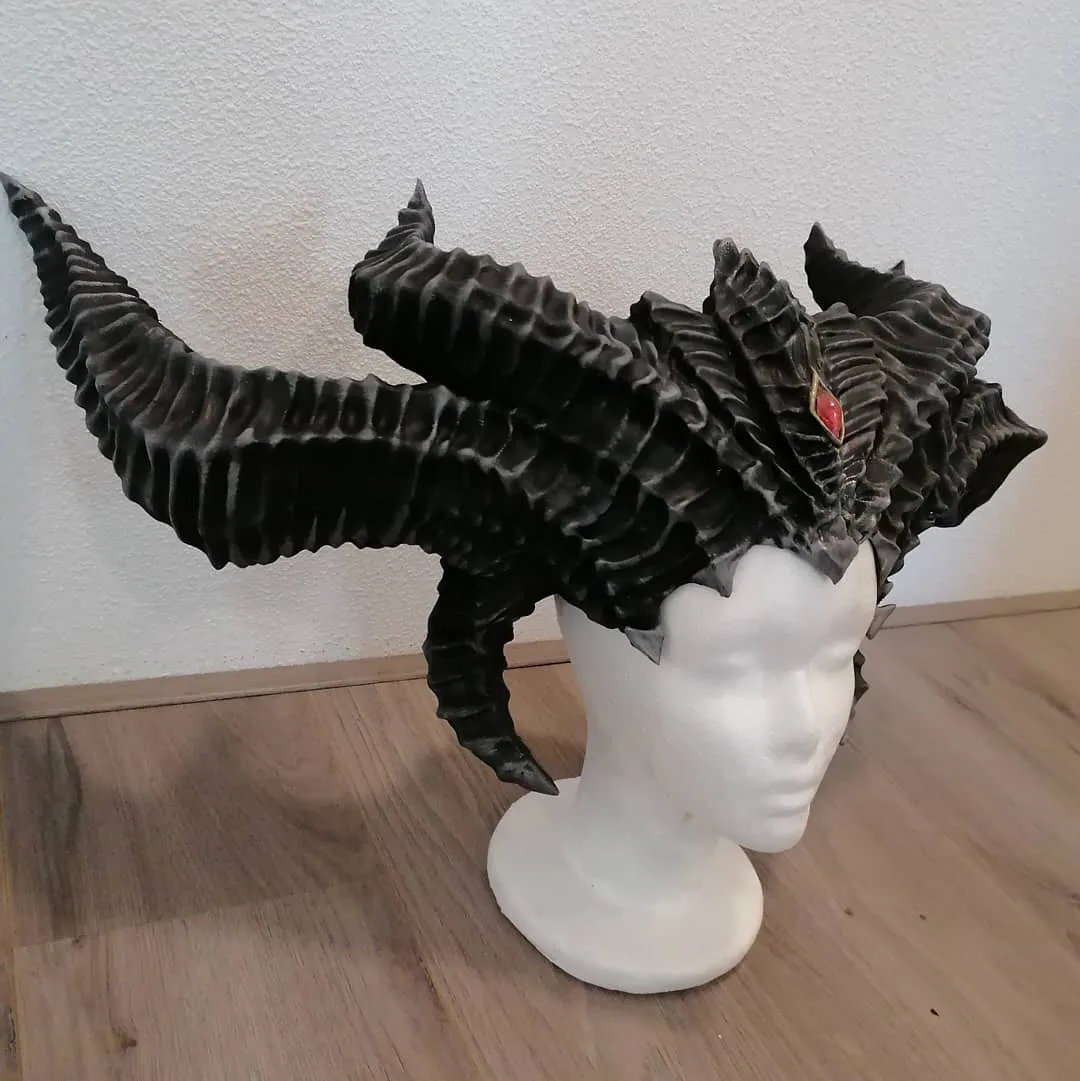

Een van de favoriete ontwerpsoftwaretools van cosplayers die 3D printen reeds toepassen is Fusion 360.
Fusion 360 is een krachtige 3D CAD-oplossing voor productontwikkeling en fabricage. Het wordt gebruikt door ingenieurs en ontwerpers om ontwerpen te maken, te itereren en te testen voordat ze naar productie worden gestuurd. Het is gratis voor studenten en hobbyisten, en het is een geweldige tool om 3D-ontwerp en CAD te leren. Je kunt in korte tijd geweldige 3D-ontwerpen maken!
Blender is een gratis en open-source 3D-creatie suite. Het ondersteunt de gehele 3D-pijplijn - modelleren, rigging, animatie, simulatie, rendering, compositing en motion tracking, zelfs videobewerking en game-creatie.
Andere softwaretools die de moeite waard zijn om je over in te lezen bij het starten met 3D-printen zijn Meshmixer, Cura en Simplify3D.
3D-printen bespaart tijd bij het maken van mallen, gietvormen en behuizingen voor mallen. Het stelt je in staat om kleine onderdelen, fijne details en kleine of grote props, onderdelen en kostuums in korte tijd te printen. Deze langetermijninvestering zal kosten besparen, afval verminderen, kostenefficiënt zijn en je een hoop rugpijn en tijd besparen.
Wil je meer weten over hoe je 3D-printen kunt toepassen voor cosplay-doeleinden, neem dan gerust contact op met onze productspecialisten die je alles kunnen vertellen over waar je moet beginnen!
MAAK KENNIS MET GIJS!
Gijs weet alles van 3D Print filamenten, ook voor het printen van cosplay. Elk filament bevat een specifieke combinatie van vulstoffen en heeft zijn technische vereisten om geprint te worden. Het uiteindelijke resultaat van uw print hangt af van de juiste combinatie van het type printer, printerinstellingen, nozzle, verwarming, filament en meer. Als u vragen heeft of ondersteuning wenst, aarzel dan niet om contact met ons op te nemen, wij helpen u graag!


















































